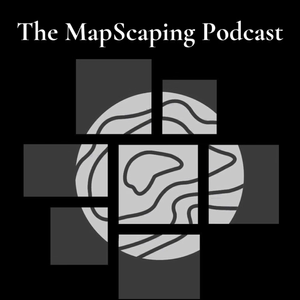
Is R the language of geospatial data?
The MapScaping Podcast - GIS, Geospatial, Remote Sensing, earth observation and digital geography01/29/20 • 34 min
Episode #44 - R is perhaps the most powerful computer environment for data analysis that is currently available. R is both a computer language, that allows you to write instructions, and a program that responds to these instructions. R has core functionality to read and write files, manipulate and summarize data, run statistical tests and models, make fancy plots, and many more things like that. This core functionality is extended by hundreds of packages (plug-ins). Some of these packages provide more advanced generic functionality, others provide cutting-edge methods that are only used in highly specialized analysis such as geospatial computation.
Tim Appelhans joins me on the show today to talk about his journey from learning R too developing new packages and extending the geospatial visualization capabilities of R
This episode is sponsored by HiveMapper
A platform that takes video and creates 3D mapping layers based on that data. The video can be from a variety of different sensors, does not need to be vertically looking down on the geography and each 3D output is georeferenced!
You are more than welcome to reach out to me on social media, I would love to hear from you!
01/29/20 • 34 min
Generate a badge
Get a badge for your website that links back to this episode
<a href="https://goodpods.com/podcasts/the-mapscaping-podcast-gis-geospatial-remote-sensing-earth-observation-182476/is-r-the-language-of-geospatial-data-16188124"> <img src="https://storage.googleapis.com/goodpods-images-bucket/badges/generic-badge-1.svg" alt="listen to is r the language of geospatial data? on goodpods" style="width: 225px" /> </a>
Copy